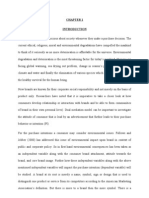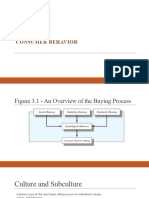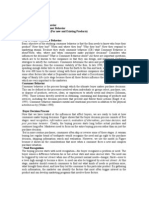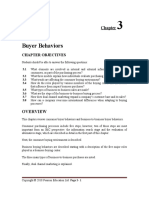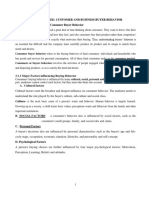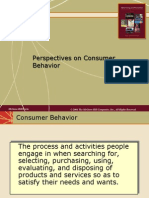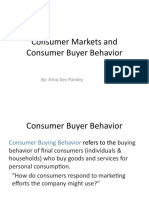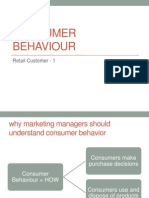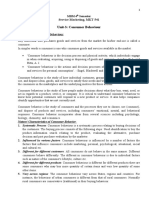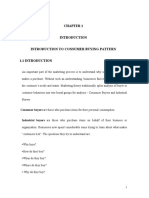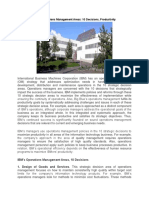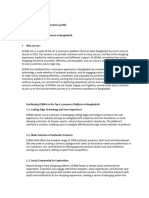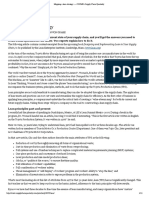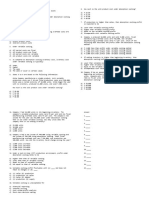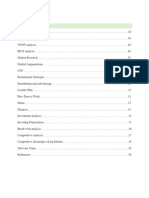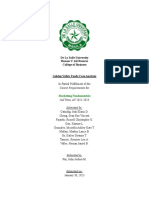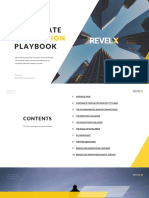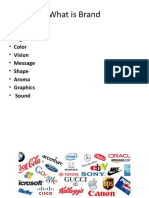0% found this document useful (0 votes)
6 views30 pagesChapter 3 IMC
Chapter 3 discusses consumer behavior's impact on advertising and promotional strategies, emphasizing the consumer decision-making process and external influences such as culture and social class. It outlines stages of decision-making, including problem recognition, information search, alternative evaluation, purchase decision, and post-purchase evaluation. The chapter also highlights the importance of branding and integrated marketing communication in shaping consumer attitudes and establishing brand identity.
Uploaded by
nurulhamiza2002Copyright
© © All Rights Reserved
We take content rights seriously. If you suspect this is your content, claim it here.
Available Formats
Download as PPTX, PDF, TXT or read online on Scribd
0% found this document useful (0 votes)
6 views30 pagesChapter 3 IMC
Chapter 3 discusses consumer behavior's impact on advertising and promotional strategies, emphasizing the consumer decision-making process and external influences such as culture and social class. It outlines stages of decision-making, including problem recognition, information search, alternative evaluation, purchase decision, and post-purchase evaluation. The chapter also highlights the importance of branding and integrated marketing communication in shaping consumer attitudes and establishing brand identity.
Uploaded by
nurulhamiza2002Copyright
© © All Rights Reserved
We take content rights seriously. If you suspect this is your content, claim it here.
Available Formats
Download as PPTX, PDF, TXT or read online on Scribd
/ 30


